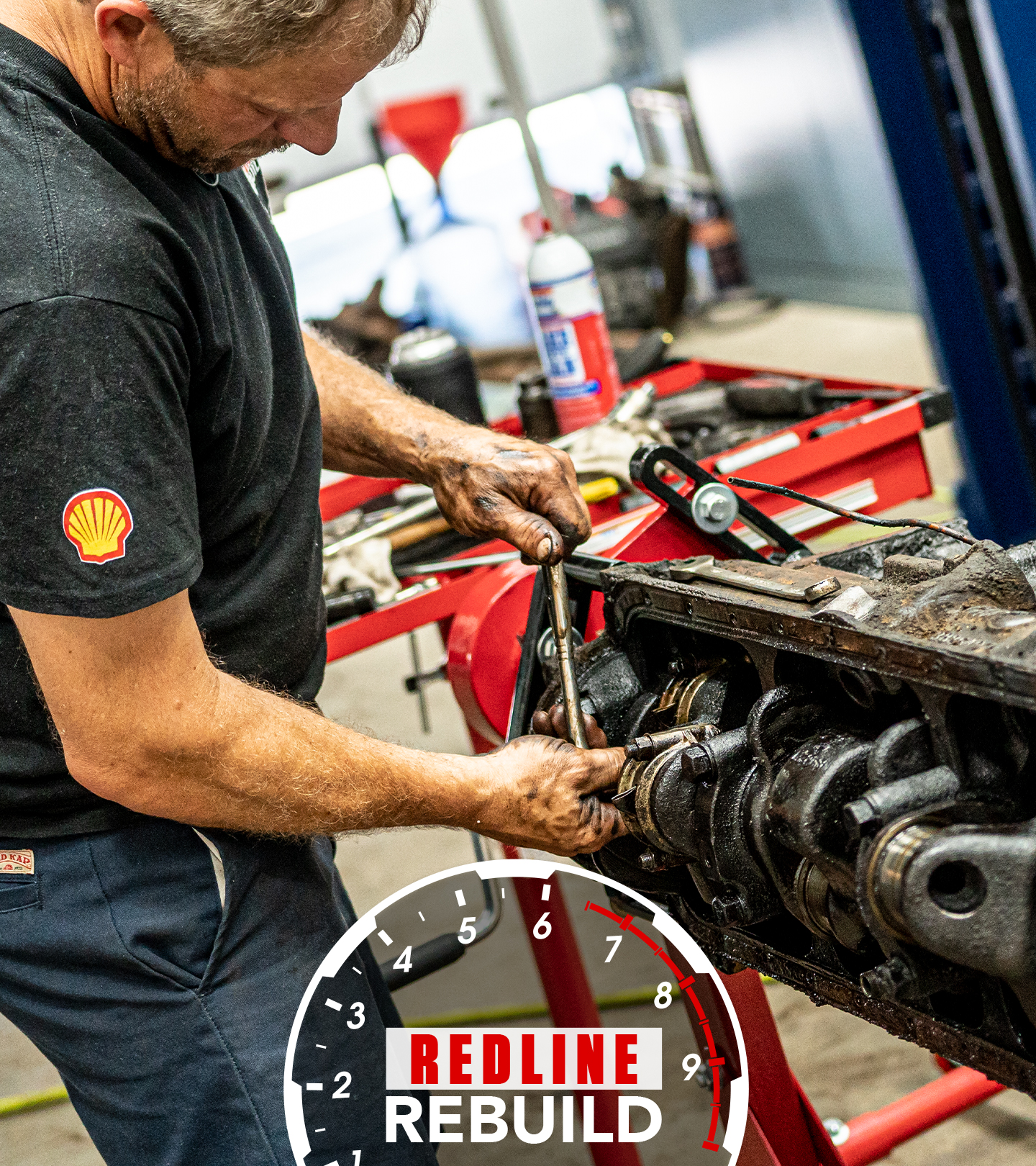The U.S. E36 is the M3 to have, even without a real M engine | Jason Cammisa Revelations | Ep. 20 - Hagerty Media
Within BMW circles, it’s a commonly held belief that the U.S.-spec M3 wasn’t a “real M3” because it didn’t have a real M engine.
The 1995 M3 used a 3.0-liter version of the regular 325i’s straight-six — whereas European cars used a special 3.0-liter straight-six with an Independent-throttle-body cylinder head taken from the McLaren F1. The horsepower difference was 240 hp (US) versus 286 PS (DIN.)
To make matters worse, the 1996 and later U.S. M3 used a 3.2-liter that also made 240 hp, whereas the Euro car got a 3.2-liter with 321 PS.
The primary reason for the US engine was financial — the E30 M3 was a sales failure in North America, and BMW NA didn’t want to risk another one. The E36 M3 was a bargain — unlike the E30 M3, which was a buzzy, four-cylinder homologation-special race car, the six-cylinder M3 did everything better than the 325i. And instead of an $8000 price premium over the base car, the M3 cost just $3000 more.
The US car was a huge sales success, selling three times the number of cars BMW anticipated. And BMW NA then convinced Germany to add a 4-door sedan, and it outsold even the coupe. The reason – it was a handling high watermark for BMW, a perfectly balanced sports car with a real back seat and daily usability.
The Euro M3 engines were fizzier than the US — the S50B30 revved to 7280 rpm; the S50B32 3.2-liter revved to 7600 rpm. They made amazing noises — but also suffer from some big maintenance issues that the lower-stress U.S. engines don’t: spun bearings being the biggest.
Most importantly, in a drag race between the U.S. and Euro cars in this video (both 3.2-liters), they were dead even to 60 mph — and stayed that way through third gear, leaving Cammisa to conclude that the more reliable U.S. car, especially in sedan form, is the E36 to own.









